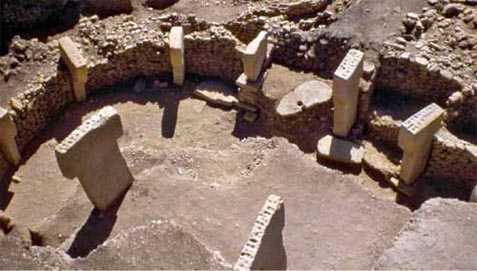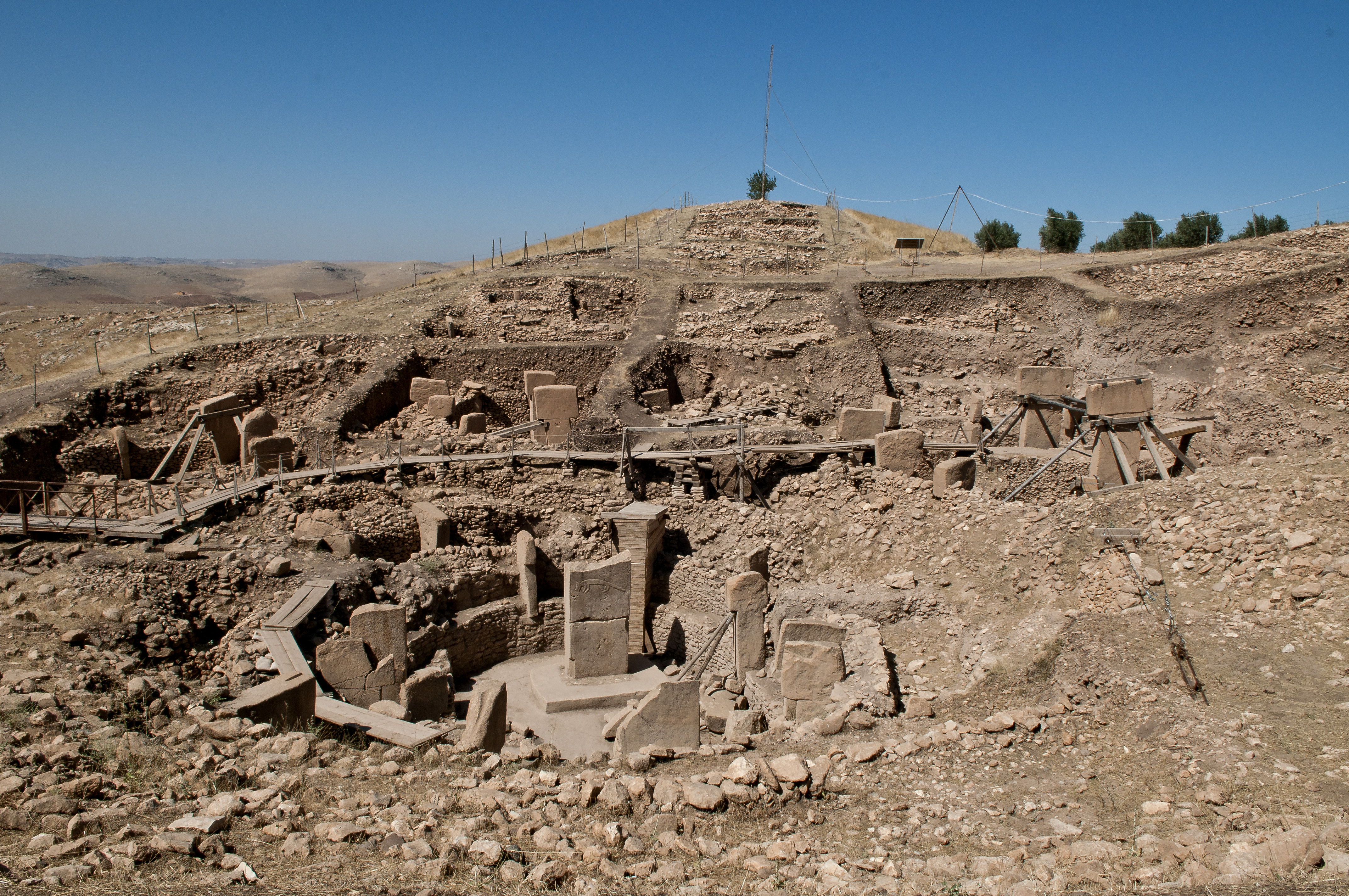Göbekli Tepe, located in southeastern Turkey, is one of the most extraordinary and groundbreaking archaeological sites in the world. Estimated to be over 12,000 years old, it predates iconic structures like Stonehenge by several millennia, making it the oldest known temple complex in human history. This ancient site has fundamentally altered our understanding of early human civilization, revealing that our prehistoric ancestors possessed advanced architectural and cultural knowledge much earlier than previously thought.
A Monumental Structure: T-Shaped Pillars and Intricate Carvings
At the heart of Göbekli Tepe lies a series of large, T-shaped limestone pillars, many of which are intricately carved with depictions of animals, such as lions, snakes, and birds. These carvings, which are some of the earliest examples of monumental art, display an exceptional level of craftsmanship, far beyond what was assumed possible for prehistoric humans. One particularly striking pillar features a detailed depiction of a lizard, showcasing not only the technical skill of the carver but also an understanding of natural forms and symbolism. These artistic works suggest that the people of Göbekli Tepe were not just skilled craftsmen but also had a complex cultural and spiritual worldview.

The detailed carvings and the monumental size of the pillars raise important questions about the cognitive and cultural abilities of these early societies. The precision and artistry of these carvings imply that the builders of Göbekli Tepe had a deep knowledge of their environment and were capable of complex thought, both artistically and architecturally, far earlier than conventional historical narratives suggest.
Göbekli Tepe: A Ritual Center or Early Religious Hub?
One of the most compelling aspects of Göbekli Tepe is its potential function. While much of its purpose remains speculative, many scholars agree that the site likely served as a center for religious or ritualistic activities. The design of the site, with its massive pillars arranged in circular enclosures, suggests it may have been used for ceremonies, gatherings, or even astronomical observations. Given its monumental scale and intricate design, it is clear that Göbekli Tepe was not a simple settlement or village but a place of great significance for its builders.

What makes this site even more fascinating is the possibility that it predates the advent of agriculture. Traditional historical models suggest that religious and social complexity only emerged after humans began to farm. However, Göbekli Tepe appears to have been constructed by a society that was still hunter-gatherers. This challenges long-standing views and suggests that the people who built Göbekli Tepe were highly organized and capable of large-scale communal effort, even without the structure of permanent settlements and agriculture.
Spiritual and Astronomical Significance
In addition to its architectural wonder, Göbekli Tepe may have had significant spiritual and astronomical importance. The carvings on the pillars, along with the arrangement of the site, suggest a connection to cosmic beliefs. Many of the animal carvings could represent totemic or mythological figures central to the spiritual practices of the people who built the site. Furthermore, the alignment of the pillars and enclosures has led some researchers to speculate that Göbekli Tepe could have served as an early observatory, possibly designed to track celestial events such as solstices or equinoxes.

These possible connections between Göbekli Tepe and celestial phenomena further highlight the sophistication of the site’s builders. Their knowledge of the heavens, combined with their monumental construction skills, demonstrates a level of intellectual achievement that was previously thought to be unattainable for societies of this period.
Revolutionizing Our Understanding of Prehistoric Societies
Göbekli Tepe has had a revolutionary impact on the field of archaeology. The site challenges conventional assumptions about the timeline of human development, particularly the emergence of complex societies. Instead of being a late product of agricultural societies, it appears that Göbekli Tepe’s creators were part of a much earlier cultural development, showcasing the potential for complex social and religious practices long before farming began. This new understanding forces a reevaluation of what early human societies were capable of and suggests that the origins of architecture, spirituality, and organized religion extend much deeper into prehistory than previously believed.

The site continues to captivate archaeologists and historians, offering new insights into the role of ritual, spirituality, and social organization in the lives of early humans. As excavation efforts continue, more information about Göbekli Tepe’s true purpose and significance is likely to emerge, cementing its place as one of the most important archaeological discoveries in modern history.
Conclusion: A Key to Unlocking Prehistoric Human Civilization
Göbekli Tepe is a testament to the ingenuity, creativity, and intellectual capabilities of our prehistoric ancestors. Its monumental architecture, stunning artistry, and possible spiritual and astronomical significance offer a glimpse into a long-forgotten world, challenging our understanding of the origins of civilization. As research continues, this ancient temple complex will undoubtedly remain a central point of study, shedding light on the early foundations of human culture, spirituality, and architectural achievement.

